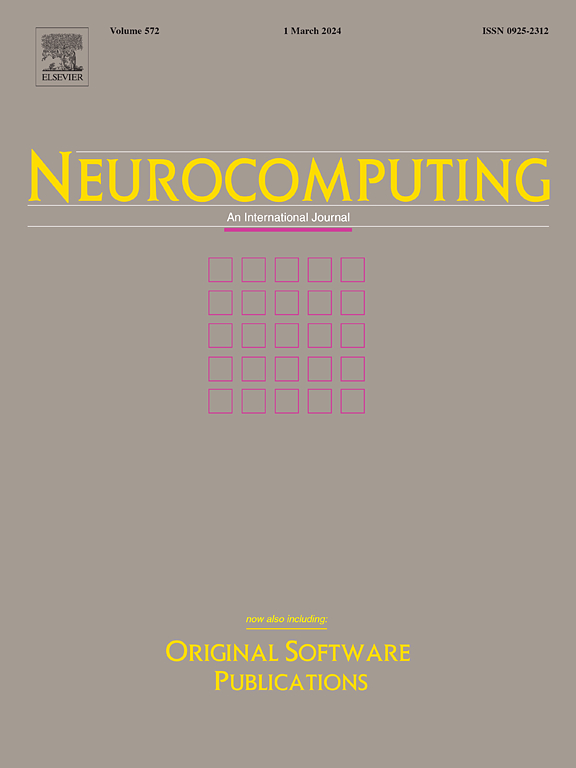HiNER: Hierarchical feature fusion for Chinese named entity recognition
IF 5.5
2区 计算机科学
Q1 COMPUTER SCIENCE, ARTIFICIAL INTELLIGENCE
引用次数: 0
Abstract
Named Entity Recognition (NER) aims to extract structured entity information from unstructured textual data by identifying entity boundaries and categories. Chinese NER is more challenging than that of English due to the complex structure and ambiguous word boundaries, as well as nested and discontinuous occurrences of entities. Previous Chinese NER methods are limited by their character-based approach and dependence on external lexical information, which is often non-contextualized, leading to the introduction of noise and potentially compromising model performance. This paper proposes a novel Chinese NER model, HiNER, which leverages external semantic enhancement and hierarchical attention fusion. Specifically, we initially formulate the Chinese NER as a character–character relation classification task, thoroughly taking into account the cases of nested and discontinuous entities. Then, by incorporating syntactic information, we develop a Triformer module that is used to better integrate Chinese character, lexical, and syntactic embeddings, carefully considering the impact of external semantic enhancement on the original text embeddings and reducing extrinsic information interference to some extent. In addition, through the fusion of local and global attention mechanisms, the representation of character–character relationships is enhanced, allowing for the effective capture of semantic features at various hierarchical levels within the Chinese context. We conduct extensive experiments on seven Chinese NER datasets, and the results indicate that the HiNER model achieves state-of-the-art (SOTA) performance. The outcomes also confirm that external semantic enhancement and hierarchical attention fusion can provide better assistance in accomplishing the Chinese NER task.
HiNER:用于中文命名实体识别的分层特征融合
命名实体识别(NER)旨在通过识别实体边界和类别,从非结构化文本数据中提取结构化实体信息。与英文相比,中文 NER 具有结构复杂、词界模糊、实体嵌套和不连续出现等特点,因此更具挑战性。以往的中文 NER 方法受限于基于字符的方法和对外部词汇信息的依赖,而这些信息往往是非上下文化的,从而导致噪声的引入,并可能影响模型的性能。本文提出了一种新的中文 NER 模型 HiNER,它充分利用了外部语义增强和分层注意力融合。具体来说,我们首先将中文 NER 定义为字符关系分类任务,并充分考虑到嵌套实体和不连续实体的情况。然后,通过结合句法信息,我们开发了一个 Triformer 模块,用于更好地整合汉字、词法和句法嵌入,仔细考虑外部语义增强对原始文本嵌入的影响,并在一定程度上减少外在信息干扰。此外,通过融合局部和全局关注机制,增强了对字符-字符关系的表征,从而有效捕捉中文语境中不同层次的语义特征。我们在七个中文 NER 数据集上进行了广泛的实验,结果表明 HiNER 模型达到了最先进(SOTA)的性能。实验结果还证实,外部语义增强和分层注意力融合可以更好地帮助完成中文 NER 任务。
本文章由计算机程序翻译,如有差异,请以英文原文为准。
求助全文
约1分钟内获得全文
求助全文
来源期刊

Neurocomputing
工程技术-计算机:人工智能
CiteScore
13.10
自引率
10.00%
发文量
1382
审稿时长
70 days
期刊介绍:
Neurocomputing publishes articles describing recent fundamental contributions in the field of neurocomputing. Neurocomputing theory, practice and applications are the essential topics being covered.
 求助内容:
求助内容: 应助结果提醒方式:
应助结果提醒方式:


